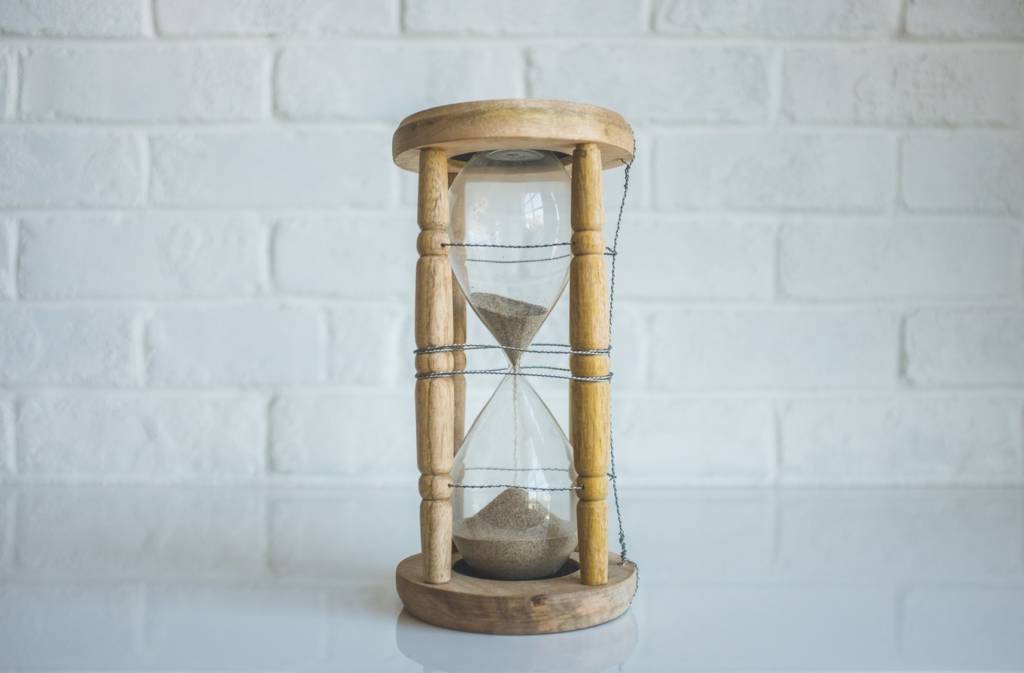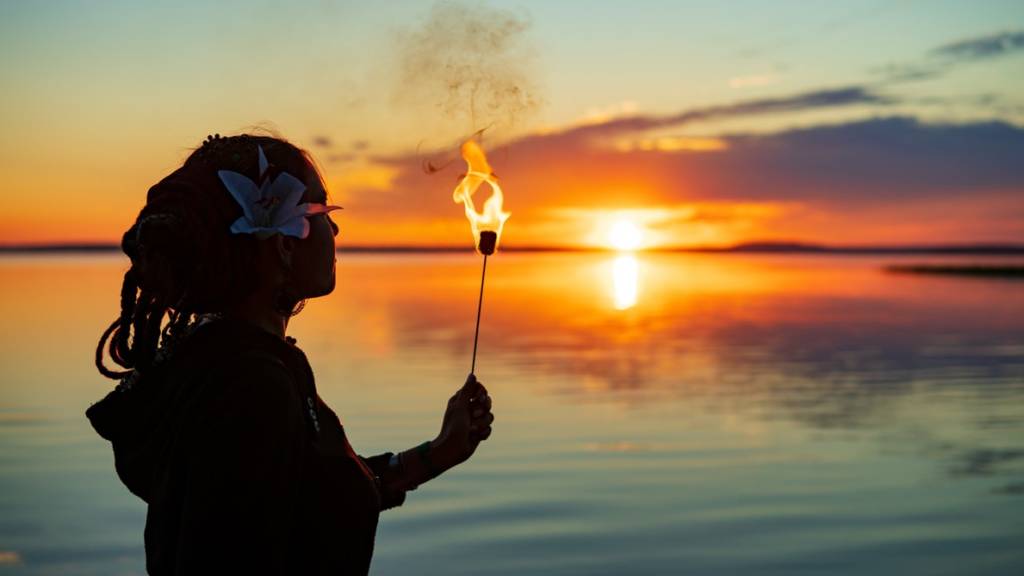Sleep and wakefulness have distinct patterns. If you sleep during the day for no apparent reason, you will be called lazy. Why? Because humans are supposed to remain awake and active during the day and sleep only at night. Likewise, if you are awake during the night for no reason when everyone else is asleep, your intentions will be questioned. This is because humans are supposed to sleep at night. Sleeping and waking have set times in the day. Straying from this pattern aka circadian clock is not considered common.
Now, consider your cat. When you go to bed at night, your cat continues to roam around the house, playing about or looking for prey. You do not find it unusual at all. In fact, you do not find it unusual when your cat sleeps all day and becomes active only in the night. Why? Because cats are nocturnal animals, and it’s normal if they are roaming around at night and sleeping away all day.
These distinct sleep and wake patterns are called circadian rhythms. Besides humans and animals, circadian clocks are also witnessed in plants, which release oxygen during the day but carbon dioxide during the night. The circadian clock is almost always in 24-hour rhythms and is present in every living organism.
What Is the Circadian Clock?
 The word circadian is derived from the Latin term circa, which means “approximately,” and diēm, which means “day.” In humans and many other animals, this circadian rhythm is diurnal; this means that they feel active and energized during the day and feel sleepy after dark. Similarly, creatures like owls and bats are nocturnal; they sleep during the day and go out during the night.
The word circadian is derived from the Latin term circa, which means “approximately,” and diēm, which means “day.” In humans and many other animals, this circadian rhythm is diurnal; this means that they feel active and energized during the day and feel sleepy after dark. Similarly, creatures like owls and bats are nocturnal; they sleep during the day and go out during the night.
The mechanism that controls these patterns is the biological clock. This is a 24-hour cycle influencing physical mental and behavioral changes in almost all organisms, from humans to microbes. It is the circadian rhythm that is responsible for determining sleep patterns, contributing to jet lag and is also behind morning grogginess during daylight savings. The National Institutes of Health has carried out a number of studies that show that the circadian rhythm also influences hunger, hormone production, body temperature, and cell regeneration. Conditions like obesity depression and seasonal affective disorder are also influenced by the circadian rhythm.
The circadian rhythm is responsible for so many things but what is responsible for the biological clock? The hypothalamus is what is responsible for controlling our biological clock. This clock is not made up of mechanical parts but groups of molecules that interact with one another in cells throughout the body. These molecules are governed by a master clock, situated in the hypothalamus. The group of nerves that control the biological clock from within the hypothalamus is called the suprachiasmatic nucleus (SCN).
Factors Affecting Circadian Rhythm
The biological clock or circadian rhythm is affected by a number of factors, both internal and external. The internal factors that affect the biological clock are the genetic makeup of the person and the proteins produced by the body. In a research by the University of California, a protein was found to be crucial in controlling the circadian clock in humans, mice, fruit flies, fungi and various other organisms. The other protein balancing it is in charge of sensing energy use in cells. Any disruption in the equilibrium of these two proteins can not only lead to insufficient sleep but also increase hunger. In the long term, this imbalance in the equilibrium can cause obesity.
The circadian rhythm is also influenced by environmental factors, such as light and dark. The SCN is situated right above the optic nerves, and they send information from the eyes to the brain. This means the location of the SCN is ideal for receiving information about incoming light. When the SCN senses less amount of incoming light, it asks the brain to produce more melatonin. This is the reason why we feel sleepy on cloudy and rainy days when the sun isn’t bright or during winter when the days are shorter and evening comes fast. This is the way that the SCN controls the sleep-wake cycles.
Circadian rhythm is best experienced during jet lag. When you travel from one time zone to another, adjusting your biological clock is not as easy as changing the time on your wristwatch. Jet lag usually involves “losing” or “gaining” time, and this disruption can make the body feel disoriented, particularly when the timings of light and day are out of sync. Even though the body eventually adjusts the circadian clock to the new environment, taking a return trip disrupts it again, and requires another reset.
When to Seek Help for Circadian Rhythm?
Occasional ups and downs in the circadian rhythm are normal and shouldn’t be a cause for concern. However, if you regularly experience disruptions in your circadian rhythm in the form of one or more of these problems, you should seek help:
Delayed sleep-wake cycle: If you fall asleep two or more hours after going to bed and wake up two or more hours after the usual waking time, you suffer from the delayed sleep-wake cycle. Although this is mostly seen in teenagers, it can affect anybody.
Advanced sleep-wake cycle: This is the opposite of the delayed sleep-wake cycle. In this condition, you fall asleep several hours before the normal bedtime and wake up several hours before the regular wake time.
Irregular sleep-wake pattern: If you have no fixed time for falling asleep or waking up, you suffer from an irregular sleep-wake pattern. People with this condition can sleep on and off at a stretch or in a series of hours. This usually indicates a severely disorganized circadian pattern.
Insomnia: If you’re regularly unable to fall asleep and spend most of your time awake in bed, you suffer from insomnia. Chronic insomnia can lead to sleep deprivation, resulting in various health problems.
Circadian rhythm is the mechanism behind our sleep-wake cycles. Sticking to a proper bedtime routine and maintaining sleep hygiene is the key to a proper biological clock.





